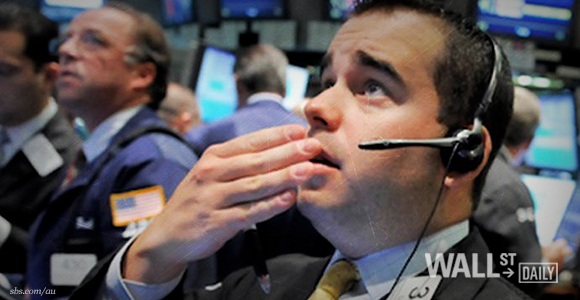
Recent trade numbers from China, the world’s second-largest economy, reinforced the concern that the country’s economy has some major cracks in its framework.
Data released on September 8 is painting a grim picture for one of the world’s major economic forces.
Slumping imports and exports in China’s overseas shipments declined 5.5% in dollar terms from the prior year on signs of weak demand from overseas buyers, while imports plunged by 13.8%.
China’s trade surplus swelled to $60.2 billion in August, nearly matching the record monthly surplus set in February.
These statistics are exacerbating the existing fear of a more severe slowdown in China, and even the possibility of a hard landing.
In fact, last Monday, China’s statistics agency lowered its estimate for gross domestic product in 2014. The agency reported that the economy had expanded by 7.3% in 2014 compared with the 7.4% previously reported.
But many are questioning the viability of even these lower numbers.
Volatility has intensified throughout the global markets. This data is only the latest in a laundry list of disappointing economic news out of China. Industrial production, financial services, factory, real estate investment, and even the service sector have contributed to the world’s loss of faith in the Chinese economy.
A currency devaluation, at least five interest rate cuts, and the government’s bungled handling of a stock market bailout have failed to shore up the sagging economy. Now, there’s worry that the apparent confusion in Beijing could be a sign of more trouble to come.
It’s a Structural Thing
The move we’re seeing is structural rather than cyclical, and it’ll likely play out for years to come due to a number of macro factors.
First, the developed markets have reached a saturation point in terms of the amount of resources they require, as reflected in lower global commodity prices across the complex, from energy to metals to agriculture.














Leave A Comment